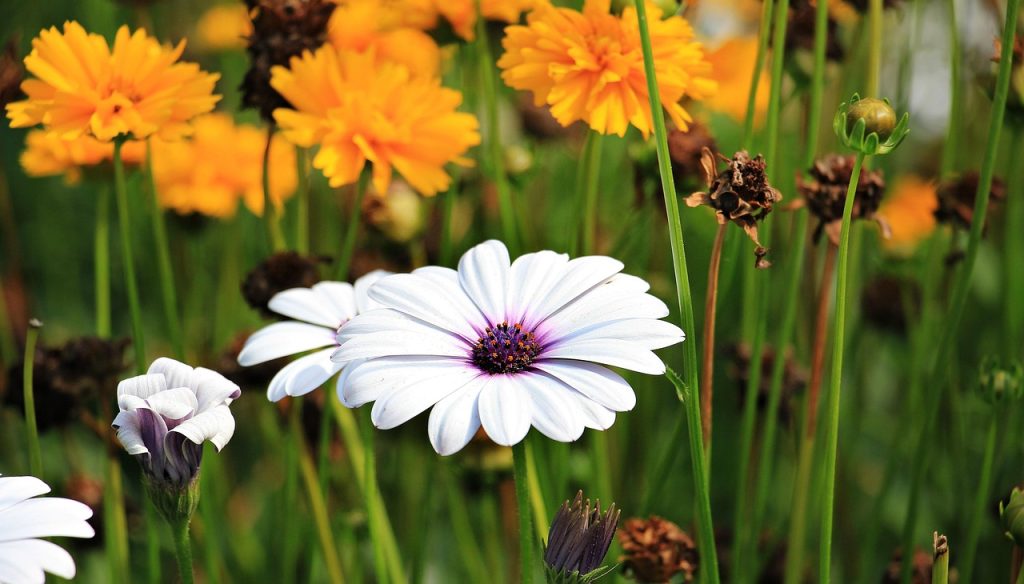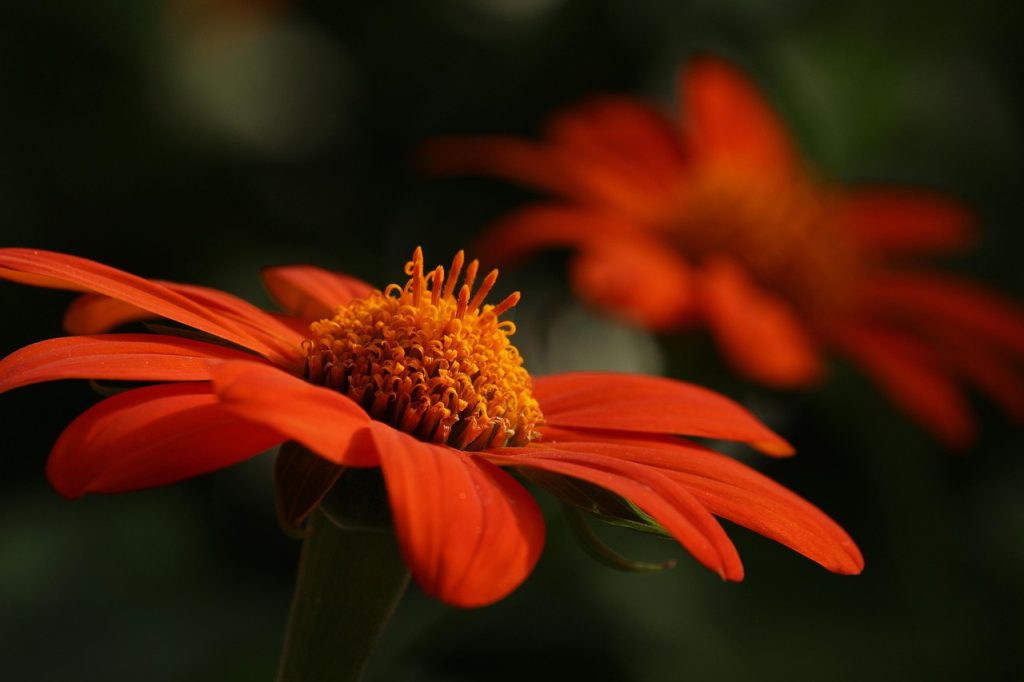Gardening is an art that evolves with the seasons. Each change in temperature and daylight brings new challenges and opportunities for plant growth. Whether you’re a seasoned gardener or just starting out, understanding how to adapt your plant care routine to the seasons is crucial for maintaining a vibrant and healthy garden. This guide will provide you with comprehensive seasonal tips to ensure your garden thrives year-round.

Spring: Awakening Your Garden
Spring is a rejuvenating season for gardens, as it marks the beginning of new growth. It’s the perfect time to prepare your garden for the months ahead.
Soil Preparation
Start by testing your soil to determine its pH and nutrient levels. This will help you understand what amendments are necessary. Adding compost or well-rotted manure can improve soil fertility and structure. Ensure that the soil is well-drained to prevent waterlogging, which can harm plant roots.
Planting and Sowing
Spring is ideal for planting cool-season vegetables like lettuce, peas, and spinach. It’s also a great time to sow annual flower seeds such as marigolds and petunias. Consider companion planting to maximize space and deter pests naturally.
Pest and Disease Management
As temperatures rise, pests become more active. Keep an eye out for aphids, slugs, and snails. Introduce beneficial insects like ladybugs or use organic pesticides to manage infestations. Regularly check plants for signs of disease and remove any affected foliage promptly.
Summer: Maintaining Growth and Health
Summer brings warmth and abundant sunlight, but it also poses challenges like heat stress and drought. Proper care during this season is crucial for sustaining growth.
Watering Techniques
Watering is essential during hot summer months. It’s best to water early in the morning or late in the evening to minimize evaporation. Drip irrigation systems are efficient for delivering water directly to the roots. Mulching around plants can help retain moisture and suppress weeds.
Pruning and Deadheading
Regular pruning and deadheading encourage plants to focus energy on new growth and flowering. Remove dead or damaged branches to improve air circulation and reduce the risk of disease. Pinch back herbs like basil to promote bushier growth.
Pest Control
Insects can be particularly troublesome in summer. Use neem oil or insecticidal soap to control common pests. Installing insect netting can protect fruits and vegetables from birds and larger pests.
Autumn: Preparing for Dormancy
As temperatures drop, it’s time to prepare your garden for the coming winter. Autumn is all about maintenance and setting the stage for next spring.
Harvesting and Clearing
Harvest late-season crops and clear out spent plants to prevent disease. Compost plant debris to recycle nutrients back into the soil. Consider planting cover crops like clover or rye to protect and enrich the soil over winter.
Soil Improvement
Autumn is an excellent time to add organic matter to your soil. Spread a layer of compost or leaf mold to improve soil structure and fertility. This will give the amendments time to break down and benefit your plants in the spring.
Protecting Perennials
Mulch around perennial plants to insulate roots and reduce frost heave. Consider dividing overcrowded perennials to maintain their health and vigor. Trim back dead foliage to prevent overwintering pests and diseases.

Winter: Rest and Reflection
Winter is a time of rest for many plants, but it’s also an opportunity to plan for the next growing season.
Planning and Research
Use the winter months to research new plant varieties and design your garden layout. Reflect on the past year’s successes and challenges to refine your gardening practices. Order seeds and supplies early to avoid shortages in spring.
Indoor Gardening
Bring tender plants indoors to protect them from frost. Consider growing herbs like parsley and mint on windowsills for fresh flavor year-round. Ensure indoor plants receive adequate light, either from natural sources or grow lights.
Tool Maintenance
Winter is the perfect time to clean and sharpen gardening tools. Properly maintained tools last longer and make gardening tasks easier. Oil moving parts and replace any broken handles to prepare for the upcoming gardening season.
Common Seasonal Gardening Challenges
Gardening across the seasons comes with its set of challenges. Here are some common issues and how to address them:
Dealing with Frost
Late spring and early fall frosts can damage young plants. Use row covers or cloches to protect vulnerable crops. Choose frost-resistant varieties to minimize risk.
Managing Drought
Drought conditions require strategic watering practices. Incorporate drought-tolerant plants into your garden design. Install rain barrels to collect and utilize rainwater efficiently.
Controlling Weeds
Weeds compete with your plants for nutrients and water. Use mulch and landscape fabric to suppress weed growth. Regularly hand-pull or hoe weeds to prevent them from seeding.
FAQs About Seasonal Gardening
When should I start planting seeds indoors?
Start seeds indoors about 6-8 weeks before the last expected frost date in your area. This gives seedlings a head start before being transplanted outdoors.
How can I protect my garden from extreme weather?
Utilize protective structures like greenhouses or cold frames to shield plants from extreme weather. Implement windbreaks and use mulch to regulate soil temperature.
What are the best plants for each season?
Spring: Peas, lettuce, marigolds.
Summer: Tomatoes, zinnias, sunflowers.
Autumn: Kale, chrysanthemums, pansies.
Winter: Evergreens, poinsettias, indoor herbs.
Conclusion
Mastering the art of seasonal gardening involves understanding the unique demands and opportunities each season presents. By adapting your gardening techniques to the changing climate, you can enjoy a lush and productive garden year-round. Remember to observe, plan, and act according to seasonal cues to nurture a thriving garden that brings joy and satisfaction through every season.